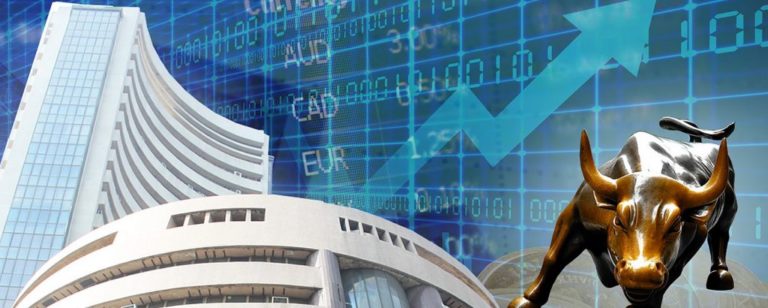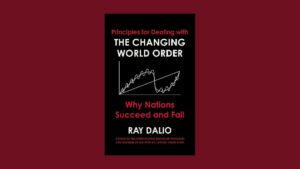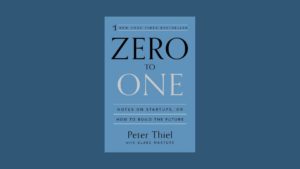Market speaks the truth; crowd speaks with a forked tongue
The legendary 1940s technician Garfield Drew said “stocks don’t sell for what they are worth, but for what people think they are worth.” Market gurus, for decades have been debating whether it is the time in the market that determine your returns, or timing that ultimately counts what you take out from the market. This dispute gave rise to the whole new field of technical analysis that studies price beside time, eventually giving precedence to timing instead of time in the market. We are taught to buy it and bury it for the long term, and incredibly believe it, despite long periods of contrary and painful experiences. The emphasis being on the length of time you can hold your hand in fire, that is an investment is held in one’s account, rather than its ‘appropriateness’, or the ‘price’ paid for the same. In reality, these are the very attributes that determine the extent of returns one can expect from an investment decision.
Market experts do not tire, and business channels continuously beam on air, day and night, telling you stories of how a single “buy-and-hold” investment in one’s lifetime made up for all their life’s goals like buying a house, or child’s marriage. Because of “buy and forget” syndrome, they do not discuss their failed bets that remained buried in their locker; value evaporated with the passing years and remained just a piece of paper which was not even worth its weight. For one Infosys or Microsoft, there are dozens of companies that have vanished, and do not even figure in the daily quotations list. Quite similar to a diver who goes deep down in the seas in search for pearls, but returns with empty shells.
“Time is money,” we are told since childhood with the underlying message that we must care equally for both, as our forefathers believed that time, if used with proper care, could be converted into capital. But, market experts’ believe that an investment would automatically grow along with the passage of time. Time would simply do wonders and convert even trash into cash, as if nothing else mattered in the mad money markets. Time is a great healer. In stock markets, it’s a great multiplier, the advisors assert. At a time and given price, a stock could be a screaming buy. The same stock at the same price, but at a different time, could be a hell of a sell idea. One month, January 2011, washed away more than full year gains of 2010. It took just twenty-eight days to erase the work of the previous 252 days in the index. Bear in mind, we trade price, not time. Prices are what are traded, on which bets are accepted on the roulette, not days. But the seers tell you to wait for years.
Earning returns in excess of those offered by the government on its tickets can only be achieved by taking risk, that is timing. Peter Stanyer in The Economist Guide to Investment Strategy says “Part of the problem is that many investors can be seduced by the belief (peddled by self styled gurus), that they have found a low-risk way (time in the market) of performing surprisingly well. But, even surprisingly good investment performance invariably involves risk.”
Look at the chart of Coca-Cola Co, adored by many old seers on the Wall Street. Its stock priced US$44 in 1998. Over the next twelve years to 2011, it halved to $20, and now trades at $44 again. If you sat for 20 years, your kids will be able to call the bluff of those oracles. You may not because of Pavlovian conditioning.
Is it that simple to put money into risky assets, and sit quietly, to make more money on it? Markets, companies and their stock prices, as everything else in life on this earth, are dynamic and keep evolving, every day. Most people are given this dose of being passive investors in such a dynamic ever changing market place where prices fluctuate, so do companies’ futures and people’s fortunes.
It’s a temporary, though sometimes prolonged, phenomenon in the stock markets when ordinary investors win. The next bear market usually wipes them out, if they live long enough. This is the truth, regardless of street philosophy that the market eventually goes up to new highs. This very perception is false, because what ultimately counts is the time and price when you enter into a trade.
























